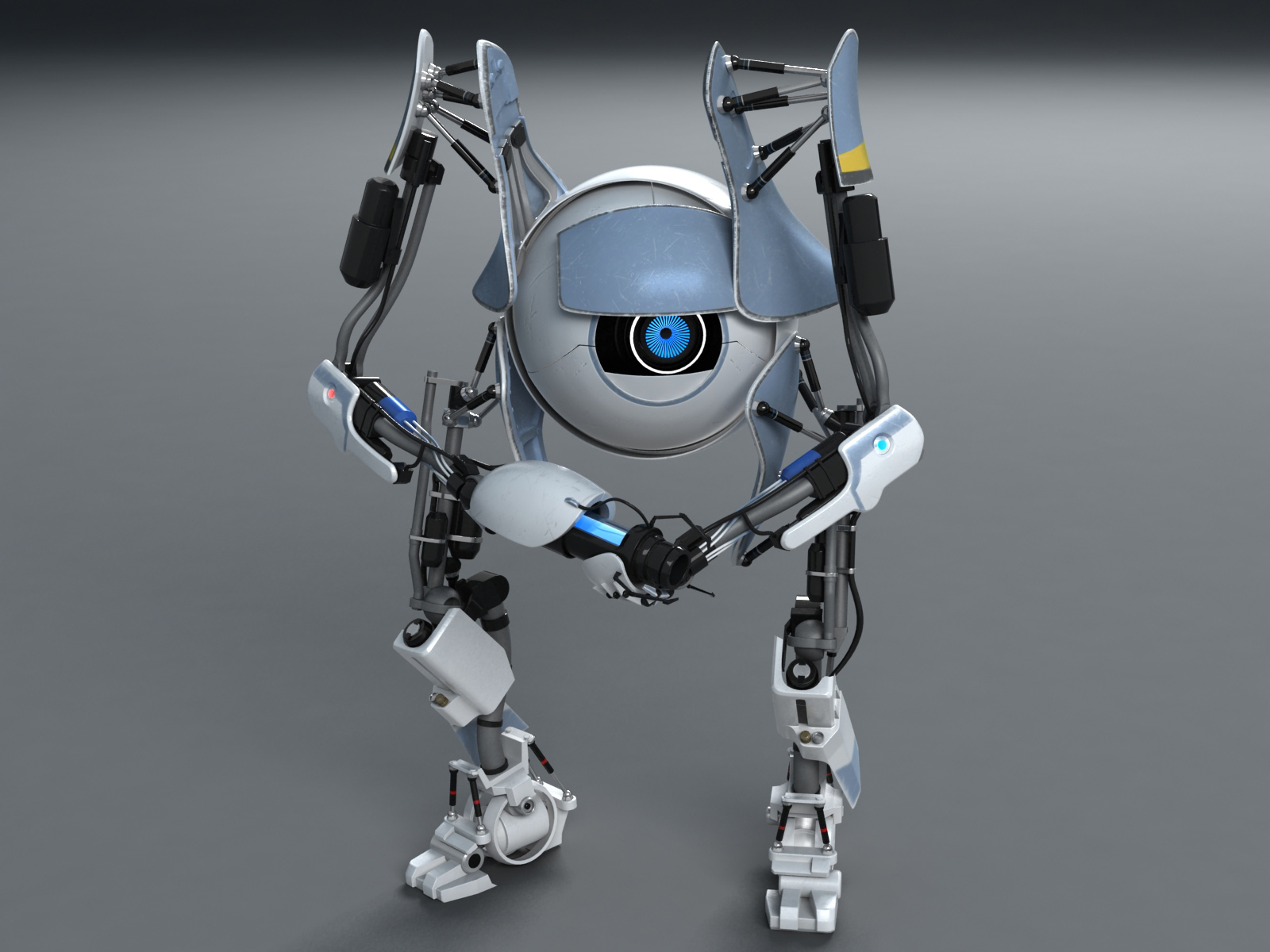Trending
Opinion: How will Project 2025 impact game developers?
The Heritage Foundation's manifesto for the possible next administration could do great harm to many, including large portions of the game development community.
Last week I travelled to Seattle for a few days to lay some groundwork for the future of Leadwerks Software. During the week I tried out Valve's VR hardware, visited a gassification plant, and survived a trifecta of astrological phenomenon.

Last week I travelled to Seattle for a few days to lay some groundwork for the future of Leadwerks Software. During the week I tried out Valve's VR hardware, visited a gassification plant, and survived a trifecta of astrological phenomenon.
Steam VR
Although I attended Steam Dev Days, I did not get a chance to demo Valve's virtual reality hardware. I was invited by one employee to come back and check it out, so I decided to take them up on that offer last week.
Valve's VR is improved over the Oculus Rift because it has higher resolution screens, lower latency, and positional tracking. The combination of these factors are enough to push the stimulus over the tipping point to where your brain accepts it as reality. Donning the headset immediately transported me to another plane of existence. If Oculus Rift felt like looking through a Viewmaster, Steam VR was like plugging into the matrix. In fact, it was so real that it felt very alarming to look down and not have a body. I was led through a series of demos that were incredible and disturbing at the same time. At one point I was looking in a mirror at a levitating box with two hemispheres for eyes that mimicked the rotation of my head. The sense of disembodiment was alarming in a very visceral way. I never experienced anything like this with Facebook's less convincing VR technology. The Oculus Rift was interesting, but never raised existential questions in my mind.
Positional tracking inserts you into the scene and gives you a sense of space relative to objects. Objects in the foreground are especially real because you can move around them and see them up close from all angles. 3D modeling for virtual reality is going to be different from modeling for conventional 3D games. Small details need to be actual geometry, not just details baked into a normal map, or else they look like painted plywood. Because of the sense of space, small enclosed areas actually make a better setting for VR than large expansive fields, where your sense of position is diminished.
At one point I was face to face with a massive 20-foot tall model of a robot from Portal 2, and I felt the size of it in a way I simply wouldn't from an image onscreen. The positional tracking made the scale seem absolutely real. I stared up at it from below, and I knew at that point that VR is going to be huge. I'm still convinced I was actually there. I have the memory of that experience. It was just as real as the room I'm in now as I type this.
In college I took a trip to visit some friends who moved to Seattle. (They moved there because they thought it would be fun, and we were all Nirvana / Soundgarden / Pearl Jam fans in high school.) That was my first visit to the emerald city. While there, we visited Gas Works park, the former site of a "gassification plant" where I presume they manufactured steampunk memorabilia:
I was inspired by the heavy industrial structures and the name stuck with me, and it influenced the naming of Leadwerks Software. I'm starting to feel like the Joker with my explanations of where the name comes from ("Did I ever tell you how I got these scars?...") but the fact is that I remembered the park but forgot the name until I saw it on a poster last week. And then I had come full circle. Gas Works. Leadwerks. Seattle. It all made sense, and I knew this is where the company belongs.
The Seattle area is home to Amazon, Microsoft, Valve, and 200 game studios. Not only are video games a major area industry, but PC gaming is very strong here. As a result, I don't have to explain to people what Steam is. I don't have to explain to them what a mod is. I attended a TechCrunch event Thursday night and my suspicions were confirmed. Conversations were easy and everyone knew right away what I was talking about. The opportunities that fit our particular strengths are to be found here. As of July, the company is relocating to Seattle.
My flight departed Seattle at 1:40 P.M., on what happened to be Friday the 13th. After an uneventful boarding we sat on the tarmac waiting to take off, when the captain announced the plane was low on hydraulic fluid. A few minutes passed and they announced the maintenance crew was checking a problem, and they would let us know if we were cleared to take off. They then announced we were returning to the boarding area and would be delayed. At this time I decided to adopt a new policy: I don't fly on planes that have known mechanical issues. I requested to reschedule my flight and took the next one home. My original flight did depart and arrive safely, as I figured it would, but in the face of incomplete information I'm not one to take stupid chances. Apparently Friday was also a full "strawberry moon" and a guy who worked at a coffee shop in the airport told me that Jupiter is doing some weird stuff. He was a barista after all, so I figured I should listen to him. I arrived safely that night on another flight. A strange end to a pivotal week.
Read more about:
BlogsYou May Also Like